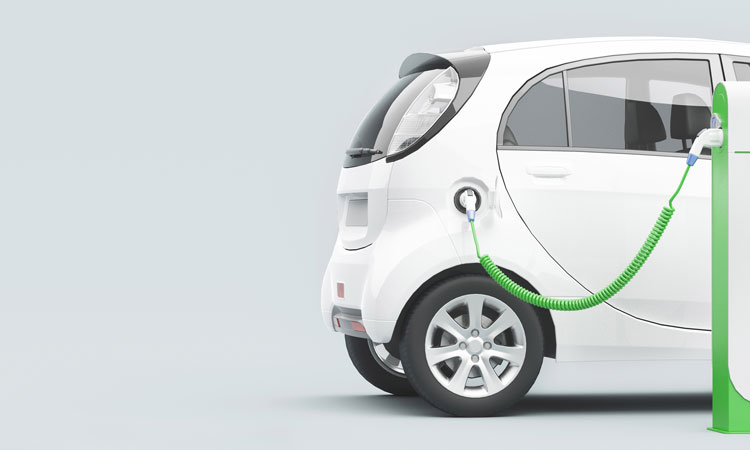Ride-hailing platforms will lead the global EV transition
- Like
- Digg
- Del
- Tumblr
- VKontakte
- Buffer
- Love This
- Odnoklassniki
- Meneame
- Blogger
- Amazon
- Yahoo Mail
- Gmail
- AOL
- Newsvine
- HackerNews
- Evernote
- MySpace
- Mail.ru
- Viadeo
- Line
- Comments
- Yummly
- SMS
- Viber
- Telegram
- Subscribe
- Skype
- Facebook Messenger
- Kakao
- LiveJournal
- Yammer
- Edgar
- Fintel
- Mix
- Instapaper
- Copy Link
Posted: 20 January 2021 | Jasmeet Khurana | No comments yet
Jasmeet Khurana, REmobility Project Manager at the World Business Council for Sustainable Development (WBCSD), explains why ride-hailing is the perfect market in which to prove the environmental and economic benefits that electric vehicles can provide.


App-based ride-hailing comes in all forms and sizes; you can ask for a luxury vehicle to pick you up as you leave your London office, call a two- or three‑wheeler to your housing complex in New Delhi or Jakarta, or use a dedicated app to order safe rides for your children in California. On‑demand rides are just a screen touch away in cities across the world.
In recent months, the ride-hailing market has suffered a significant decline, mainly due to the consequences of COVID-19. The global ride-hailing market is expected to decline from $60.5 billion in 2019 to $52.07 billion in 2020 at a compound annual growth rate (CAGR) of -14 per cent. Despite, the COVID-19 induced setback, the market is expected to recover swiftly and reach $85.5 billion in 2023 at a CAGR of 18 per cent.
The continued growth of the ride-hailing industry can make mobility convenient, affordable and accessible – but it can also result in increased carbon emissions and pollution.
The rest of this content is restricted - login or subscribe for free to access
Thank you for visiting our website. To access this content in full, you'll need to login or subscribe.
It's completely free to subscribe, and in less than a minute you can continue reading. If you've already subscribed, just login.
Why subscribe? Join our growing community of thousands of industry professionals and gain access to:
- Quarterly issues in print and/or digital format
- Case studies, whitepapers, webinars and industry-leading content
- Breaking news and features
- Our extensive online archive of thousands of articles and years of past issues
All for free!
Click here to Subscribe today Login here
Related topics
Air Quality, Mobility Services, Sustainable Urban Transport
Issue
Issue 4 2020
Related modes
Ride-sharing & Car-sharing
Related organisations
World Business Council for Sustainable Development
Related people
Jasmeet Khurana








